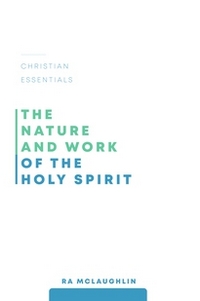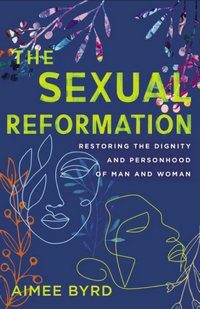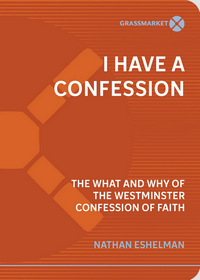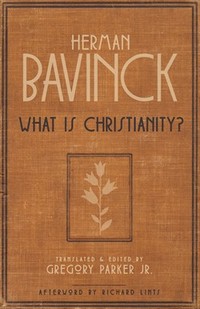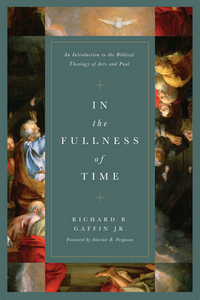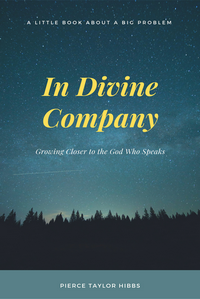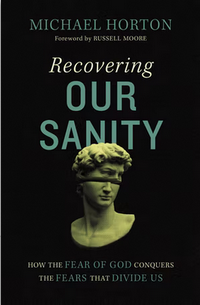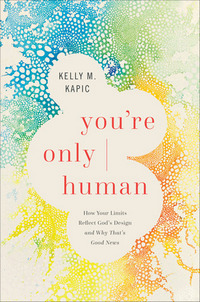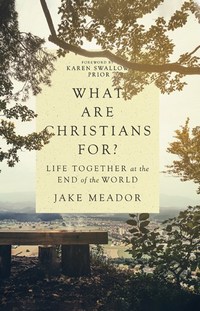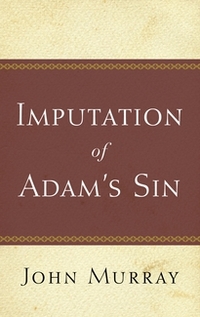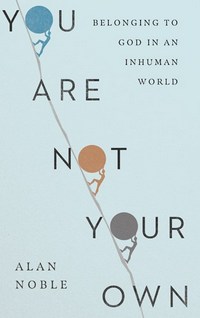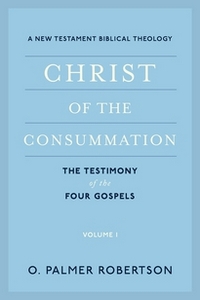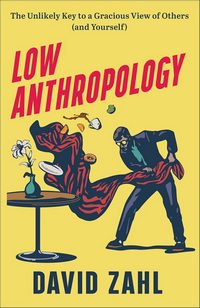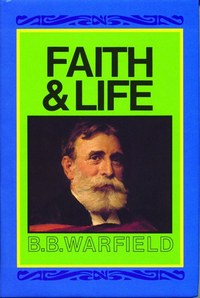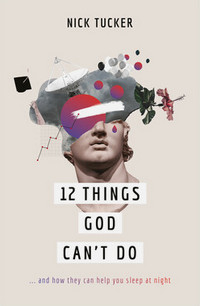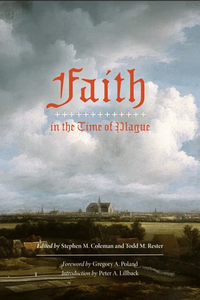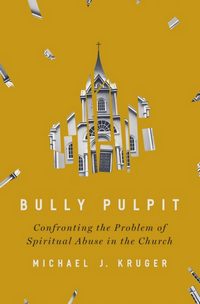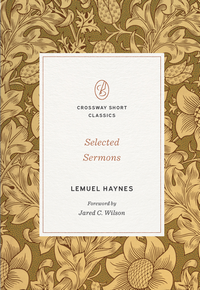 Selected Sermons
Selected Sermons
by Lemuel Haynes, Jared C. Wilson (Foreword)
DETAILS: Series: Crossway Short Classics Series Publisher: Crossway Publication Date: February 21, 2023 Format: Paperback Length: 139 pg. Read Date: February 26, 2023

Some Thoughts on the Series as a Whole
The point of this series is to take classic short works—sermons, tracts, articles—package them attractively, edit a bit (modernize language, eliminate footnotes, tweak grammar, etc.), and make them widely available. Each is given a short introduction to help the reader get the context and a bit of information about the author.
They published seven books in this series last year, and I discussed them here. Two have come out this year (so far), but I’m hoping for more.
What’s Selected Sermons About?
As is obvious from the title, this is a collection of sermons by Lemuel Haynes. Born in 1753, Haynes is known as the first African-American ordained to the ministry.
The foreword serves as an introduction to Haynes as well as the included sermons, and we also get a quick biography of him before diving in.
The four sermons cover the idea of Universal Salvation, a sermon on John 3:3, a description of ministers, and a sermon against slavery.
So, what did I think about Selected Sermons?
The middle sermons—on the necessity of being born again and ministers were good examples of latter-Puritan-ish sermons, along the lines of Edwards and Whitfield. They were good, and solid, but not necessarily the kind of thing I’m coming back to.
The other two, however? Wow.
Sure, it’s easy from our vantage point to shake our heads and wonder how so many Christians could be comfortable with American slavery—it’s good to remember that it wasn’t true of them all. With “Liberty Further Extended,” Haynes delivered a powerful sermon against the practice, and you can only wish that more people were exposed to it—there’s a lot to be appreciated from this sermon, even if it’s not as timely as it once is (thank God).
“Universal Salvation,” the first sermon in the collection, blew me away (and may have set my expectations too high for the rest). The rhetoric was dynamite (there’s probably a better way to put it, but this is the most appropriate), the doctrine sound, and the conclusions were important. When you take the comments by Wilson into account, this must’ve created quite a stir when he preached it. I’d have paid the purchase price for the volume for this sermon alone.
I don’t know that everyone will agree with my evaluation—actually, I’m pretty sure many won’t—but I don’t see that anyone with an affinity toward Puritan-ish sermons, (First) Great Awakening sermons, or just good sermons not appreciating this little gem of a book.

This post contains an affiliate link. If you purchase from it, I will get a small commission at no additional cost to you. As always, the opinions expressed are my own.
![]()


